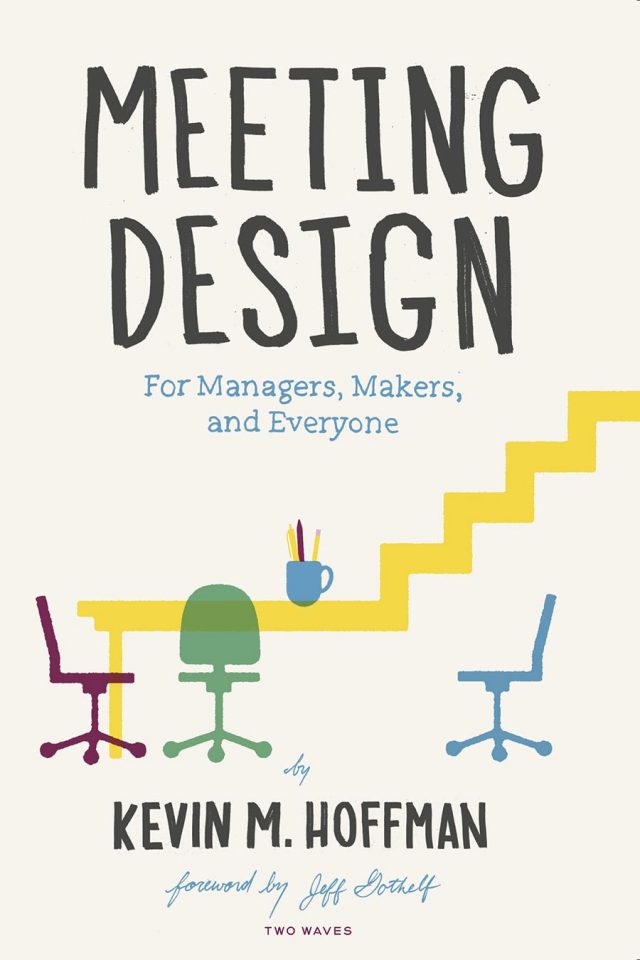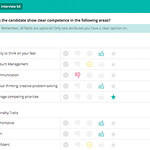A successful transition from individual designer to design manager requires a fundamental change in mindset. As an individual, you were expected to come up with great design solutions or actionable research insights. As a manager, you have far more complicated deliverables. The first one is a healthy, effective team that can meet the organization’s evolving needs. The second is an environment where that team can thrive and grow.
The skills required to produce these results can be overwhelming for new managers and frustrating even for experienced ones. The good news is that if we take the time to understand our colleagues as we would our users and customers, then it’s possible to design their experience accordingly. What should it be like to get hired at your company? How can team members understand their career progression (and how to move it along)? What should it be like for other teams to work with yours? These are all complex design problems, but they’re still design problems.
The other good news is that Chris Avore and Russ Unger have distilled their collective decades of management experience into this book. It’s a collection of great advice and practical tools for everything from recruiting and coaching to influencing—(and even learning how and when to say no). New managers will find it offers a starting point from which to build their own management practice. Experienced managers can use it to fine-tune whatever isn’t working today.
Effective leadership is hard. It’s a mindful, daily practice—some days you’ll be good at it, and some days you won’t. What works in one culture or with one team member doesn’t always work with another. No book will answer all of your questions, but this one will equip you with some good tools to start answering them for yourself.
—Kim Goodwin, design and product executive; author, Designing for the Digital Age
















